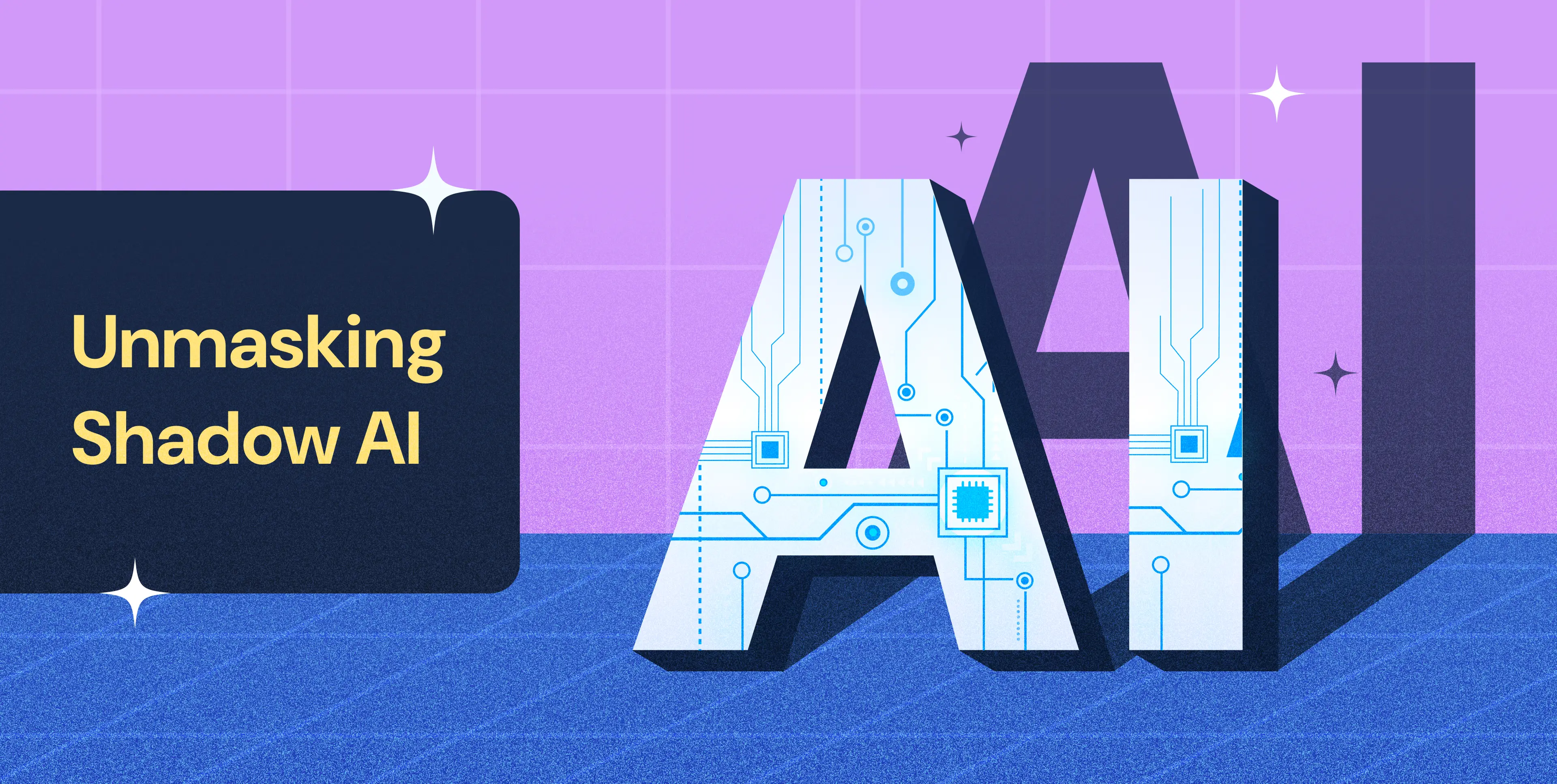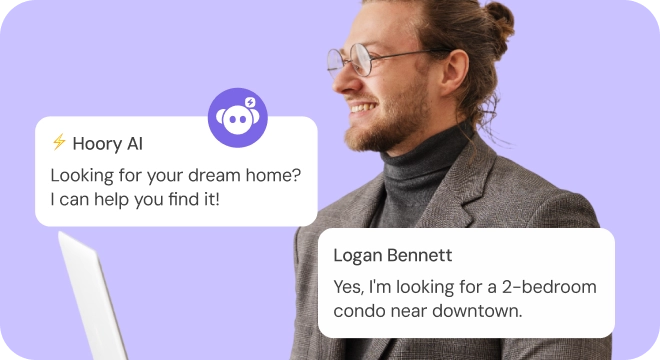What is Shadow AI? New Threat for Businesses
• Customer Support
• FastBank

Imagine your team finding clever shortcuts to get things done - speeding through tasks, coming up with solutions fresh off the oven, and working at an unprecedented pace - all with the help of AI tools. But here's the catch: they are using tools that haven't been officially approved or even on the radar of the IT department.
Welcome to the world of Shadow Artificial Intelligence.
What is shadow AI, what risks does it contain for businesses, and what key forms of implementation does it usually take? These are the main points we are going to touch upon in this article.
Stick with us to get the gist of shadow AI and know how to shield your business from its risks.
Let's get started.
What is Shadow AI?
Shadow AI refers to the use of AI tools and applications within a company without an official approval from the AI security teams and IT departments. Usually employees adopt these tools to give an extra push to their productivity and creativity, automate tasks, and find faster solutions.
Think of it like using a personal AI Assistant to draft emails, summarize reports, or generate ideas. Although shadow AI can indeed have a positive impact on the quick and easy completion of day-to-day tasks, it can also lead to potential security concerns, privacy issues, and compliance risks.
So, for businesses, shadow AI is a double-edged sword, serving both as a benefit and as a challenge. On one side, it empowers employees to work faster and smarter; on the other, it exposes companies to possible data leaks and regulatory violations.
To strike the right balance, businesses need clear AI policies, proper security measures, and approved AI tools that align with company standards.
What are the Risks of Shadow AI?
At first glance, shadow AI may seem a harmless workaround - someone uses a chatbot to craft an email, another uses it to fine-tune their ad copy, a software developer uses an AI coding assistant for day-to-day tasks. However, under the surface, this quiet adoption of AI can lead to unexpected results that businesses might not even realize until it's too late.
Let's take a look at the most common threats that shadow AI can bring about:
A Silent Productivity Killer
Many argue that AI tools, whether authorized or unauthorized, serve as a big boost to productivity. But how can it possibly have a positive impact on employee productivity when they use those tools instead of their critical thinking and expertise? Shadow AI can certainly help get things done more quickly, but what about the quality of the work and the long-term professional growth of employees? That's where the conflict occurs - is it a savior or a threat?
Biased Data Spreading Through the Company
Shadow AI gives a start to a slow erosion of unbiased and truthful information, which in turn leads to ungrounded decisions. These biases may seem small at first - a little skewed hiring recommendations or financial forecasts that subtly misinterpret risks. However, in time all of these oopsies get piled up and businesses find themselves in complete oblivion over corporate tools and their impact.
To maintain information integrity businesses need AI oversight. It suggests not only approving the use of AI tools, but also setting up concise guidelines on data sources and human review.
Reputational Damage
Unlike a data breach or a legal fine that can be patched or paid, reputational damage lingers, affecting customer trust and investor confidence. For example, imagine using exclusively AI for customer support, without training it with company-specific information, only for it to deliver occasional misleading or insensitive responses to the questions. That alone can be enough to shake customer trust, forcing you to spend massive amounts of resources to rebuild it. Instead, you can get an AI Assistant that takes care of everyday repetitive queries but operates under your control and monitoring. That way, you will have the cake and eat it, too - the AI usage will be in moderation, and you'll also get to enjoy the benefits of automation.
Shadow AI vs Shadow IT
Beyond "Shadow AI," there's another term in the tech world that is sometimes used interchangeably - Shadow IT. However, these are two different things - let's draw a clear distinction between them.
Shadow IT is the use of unauthorized software, hardware, and services without official consent from the IT department. It may include employees using personal devices, unapproved apps, or cloud services for work-related issues. So, we can say that shadow IT is a broader term because, as discussed above, shadow AI focuses specifically on the unauthorized use of AI tools.
Notable Shadow AI Cases
Samsung's AI Data Leak
In 2023, Samsung faced a serious security threat when a software engineer uploaded sensitive internal source code to ChatGPT. Realizing the potential risks, the company quickly assessed the situation. They recognized that once data is shared with AI tools, it can get stored on external servers without the possibility of retrieving or deleting it. That's why Samsung raised serious concerns about data security and confidentiality.
To prevent future incidents, Samsung banned the use of generative AI tools within the company, thus stopping the feed of AI models with sensitive company information.
Amazon Taking Action Against Potential AI Risks
Amazon also took a strict approach against shadow AI in the same year. In early 2023, the company management warned the employees not to input any internal code or confidential data into ChatGPT after finding out that AI gave responses that were very close to their internal documents. This could potentially suggest that AI had been unintentionally storing company information and repurposing it for response generation. So, Amazon too restricted the use of generative AI tools for work-related purposes, avoiding unintended data leaks.
Final Thoughts
Shadow AI is mostly introduced in a negative light. However, as much as it does come with a series of potential risks and inefficiencies, we have to conclude that shadow AI itself is not the enemy - lack of governance is. If businesses focus on responsible integration of IT and AI tools, the attribute shadow will lose its power.
The important thing is to go for an extra layer of protection and clear usage guidelines to contain the risk exposure and avoid further problems.

























